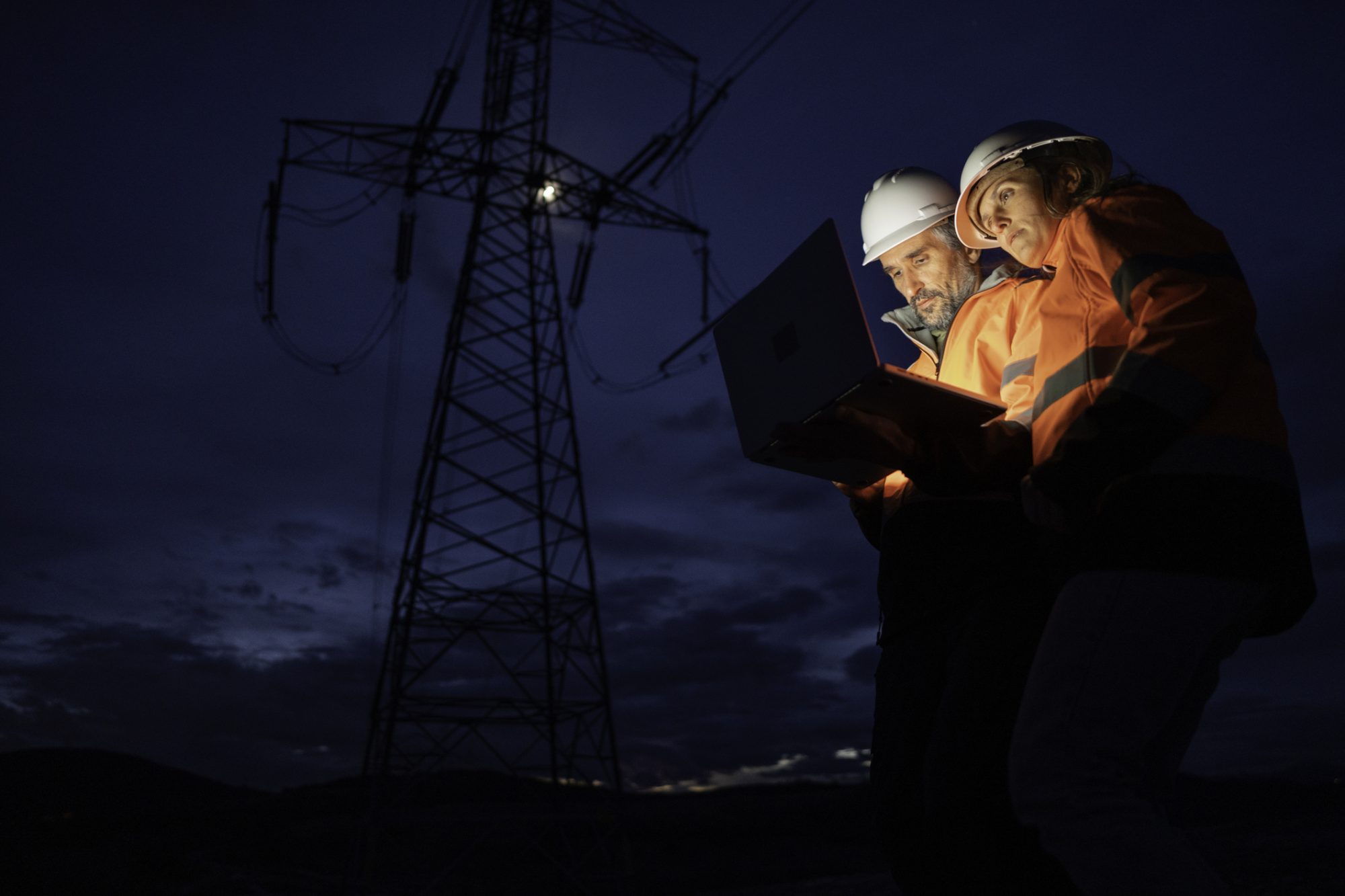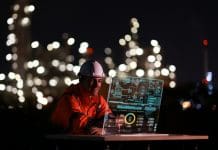SELECT’s new president, Mike Stark, has warned that the demands on the electrical network to power artificial intelligence(AI) may soon exceed current capacity
As the presence of AI grows in everyday life and business, so does its corresponding demand for energy-potentially beyond the scope of what the National Grid is able to supply.
Mike Start, who recently joined the trade association for the electrical contract industry in Scotland, has joined a growing number of experts who have warned about the new technology’s huge appetite for electricity, which is often greater than many small countries use in a year.
Electrical contracts and projects should consider capacity and possible expansion
Mike said: “AI is becoming more embedded in our everyday lives, from digital assistants and chatbots helping us on websites to navigation apps and autocorrect on our mobile phones. And it is going to become even more prevalent in the near future.
“Data centres, which have many servers as their main components, need electrical power to survive. It is therefore only natural that any talk about building a data centre should begin with figuring out the electrical needs and how to satisfy those power requirements.
“At present, the UK’s National Grid appears to be holding its own, with current increases being met with renewable energy systems. But as technology advances and systems such as AI are introduced, there will be a time when the grid will struggle to support the demand.”
AI’s energy demand could consume a third of UK electricity
Mike said that it is estimated that there could be 1.5m AI servers by 2027. Running at full capacity, these would consume between 85 and 134 terawatt hours per year – roughly equivalent to the current energy demands of countries like the Netherlands and Sweden.
In the UK in 2022, approximately 325 terawatt-hours were produced and accessible to the national grid, the lowest output in at least three decades. AI’s energy demand could represent up to a third of the grid’s current capacity- as well as the growing demand from increasing use of electric vehicles(EV) and their charging infrastructure.
He added: “I remember attending an EV training session about 25 years ago and the standing joke was, ‘Where’s all this electricity going to come from?’ We all felt the network needed upgrading then, and now there is extra pressure from the new AI data centres springing up.”














